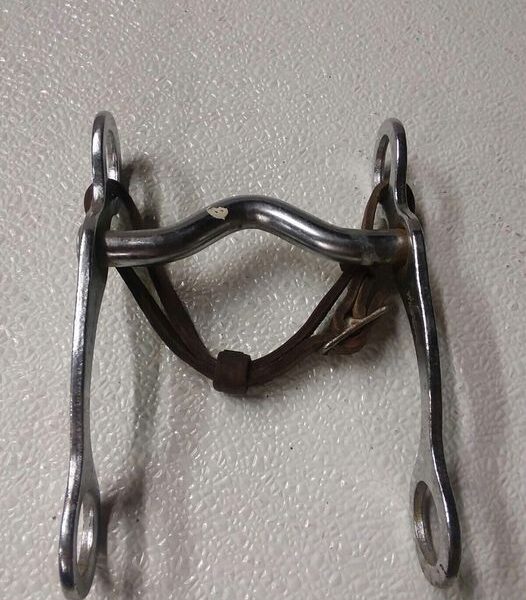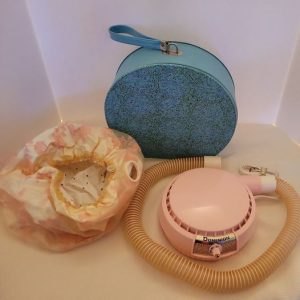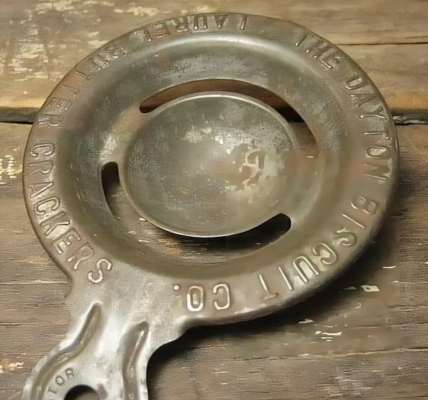First off, let’s dive into the fascinating world of the vintage horse bit. Spanning centuries of horsemanship, the horse bit is a timeless tool that has transitioned from a mere control device to a symbol of tradition and practicality in equestrian culture.
The History of the Horse Bit
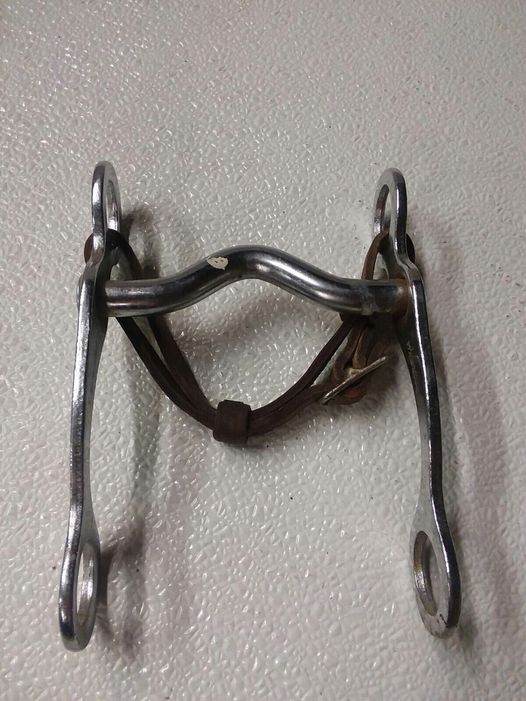
Going back over 5,000 years, horse bits have their roots in ancient civilizations like Mesopotamia and Egypt. Early bits were crafted from materials such as bone, wood, and leather. These rudimentary designs helped riders communicate with their horses, essential for activities such as battle, agriculture, and transport.
As horsemanship advanced, so too did the technology behind horse bits. By the Roman Empire, metal bits made from iron or bronze had become more widespread. Their evolution paralleled humanity’s growing dependence on horses for daily life, warfare, and status displays.
Evolution Through Time
Throughout the Middle Ages, Europe saw advancements in equestrian practices, making horses central to both transport and sports like jousting. Consequently, the design of horse bits diversified, becoming more specialized and ornate. Iron and bronze remained popular materials, with intricate designs often signaling the rider’s wealth and status.
The craftsmanship of these bits became a hallmark of their cultural and historical importance. They often symbolized the deep bond between humans and horses, with designs passed down through generations.
The Usage of the Horse Bit
At its essence, the horse bit is a crucial communication tool between rider and horse. Through pressure, riders guide their horse’s movements, enhancing control and responsiveness. Different types of bits have evolved to cater to various riding disciplines, each serving a unique purpose.
- Snaffle Bits: These apply direct pressure and are ideal for general riding or training young horses. Their simplicity makes them perfect for beginners.
- Curb Bits: Providing leverage for added control, these bits are used by experienced riders who master pressure and release techniques.
- Combination Bits: Blending elements of both snaffle and curb bits, these versatile tools balance control and comfort.
Each bit design enhances rider-horse communication, fostering a harmonious relationship while ensuring the horse’s comfort and safety.
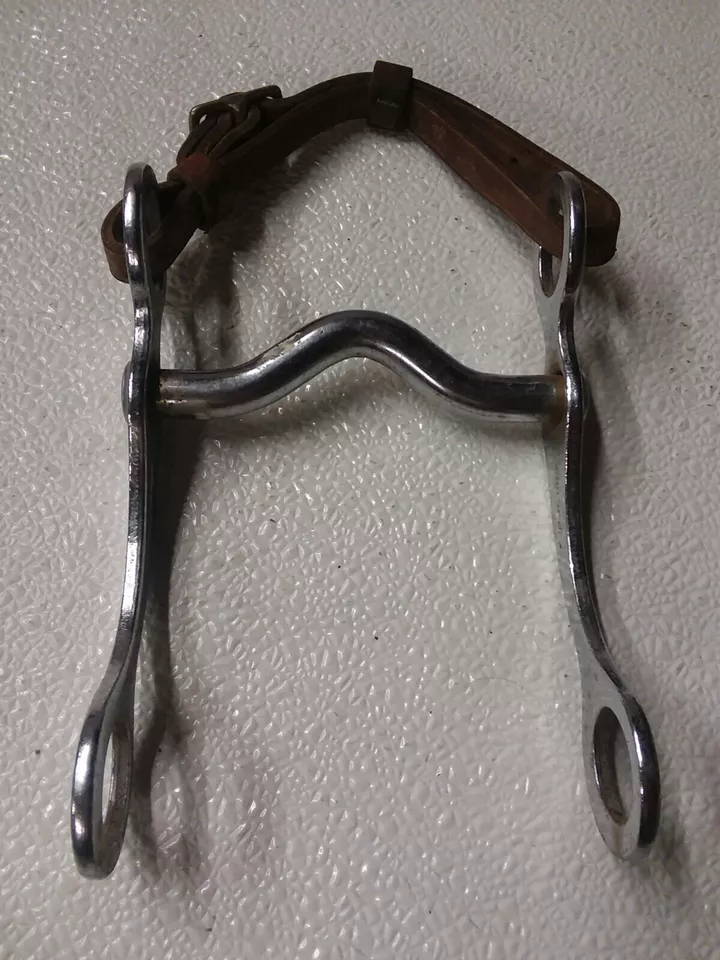
The Legacy of the Vintage Horse Bit
Vintage horse bits occupy a special place within the equestrian and historical communities. For centuries, these tools have facilitated riding and mirrored the evolving relationship between humans and horses. Each vintage bit carries a narrative of societal, technological, and cultural shifts that have shaped horsemanship.
Many of these artifacts are now preserved in museums or collected by enthusiasts. They’re treasured not just as tools but as cultural artifacts that tell humanity’s longstanding reliance on horses.
Influence on Modern Equestrian Practices
While modern horse bits are designed for comfort and efficiency, they still echo the ingenuity of vintage designs. Both riders and historians study these older bits to understand their evolution and integrate valuable lessons into current horse care practices.
The historical context of these tools also influences competitive equestrian sports, inspiring innovations in modern equipment. Knowledge of these vintage designs helps riders make informed decisions about the gear they use today.
The Collectible Appeal of Vintage Horse Bits
Beyond practical use, vintage horse bits have emerged as prized collectibles. Their unique designs and historical significance make them highly sought after, each carrying a fragment of history. Collectors value the craftsmanship and attention to detail, often viewing them as symbols of a bygone era of horsemanship.
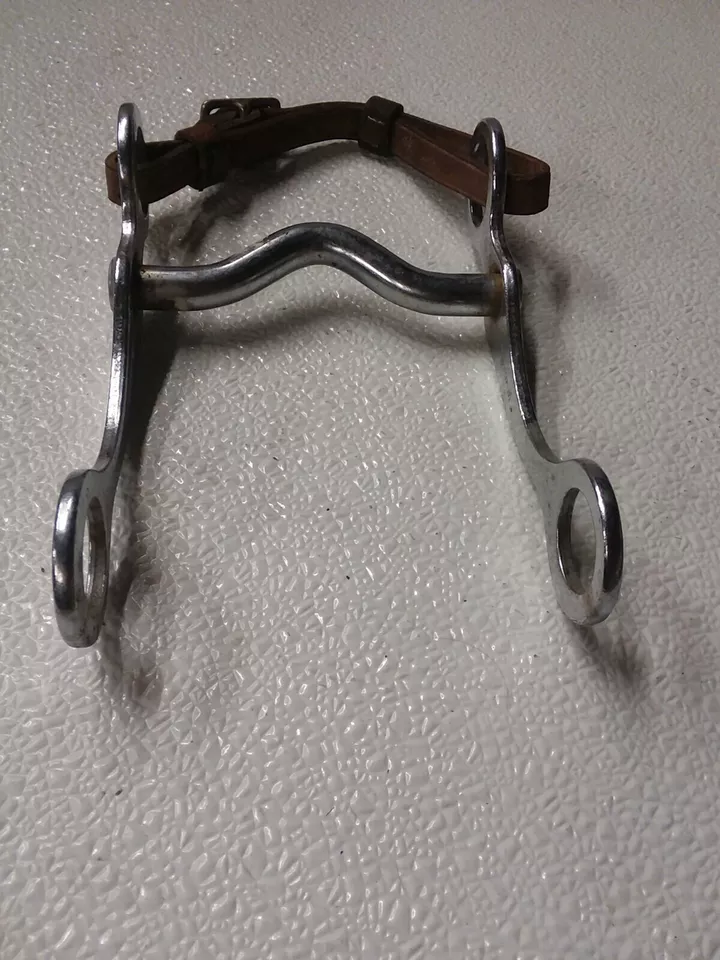
Whether showcased in a collection or used for educational purposes, vintage horse bits retain timeless appeal, serving as a testament to the rich tradition of riding and the integral role horses have played in shaping human history.
Conclusion
The vintage horse bit is far more than a riding tool; it stands as a testament to the profound connection between humans and horses through history. Its journey from ancient civilizations to a collectible artifact today highlights its significant influence on modern equestrian practices.
Whether housed in museums or used in contemporary riding, the vintage horse bit remains an iconic piece of equestrian history. It bridges the past and present, underscoring the enduring relationship between humans and their noble equine companions.
